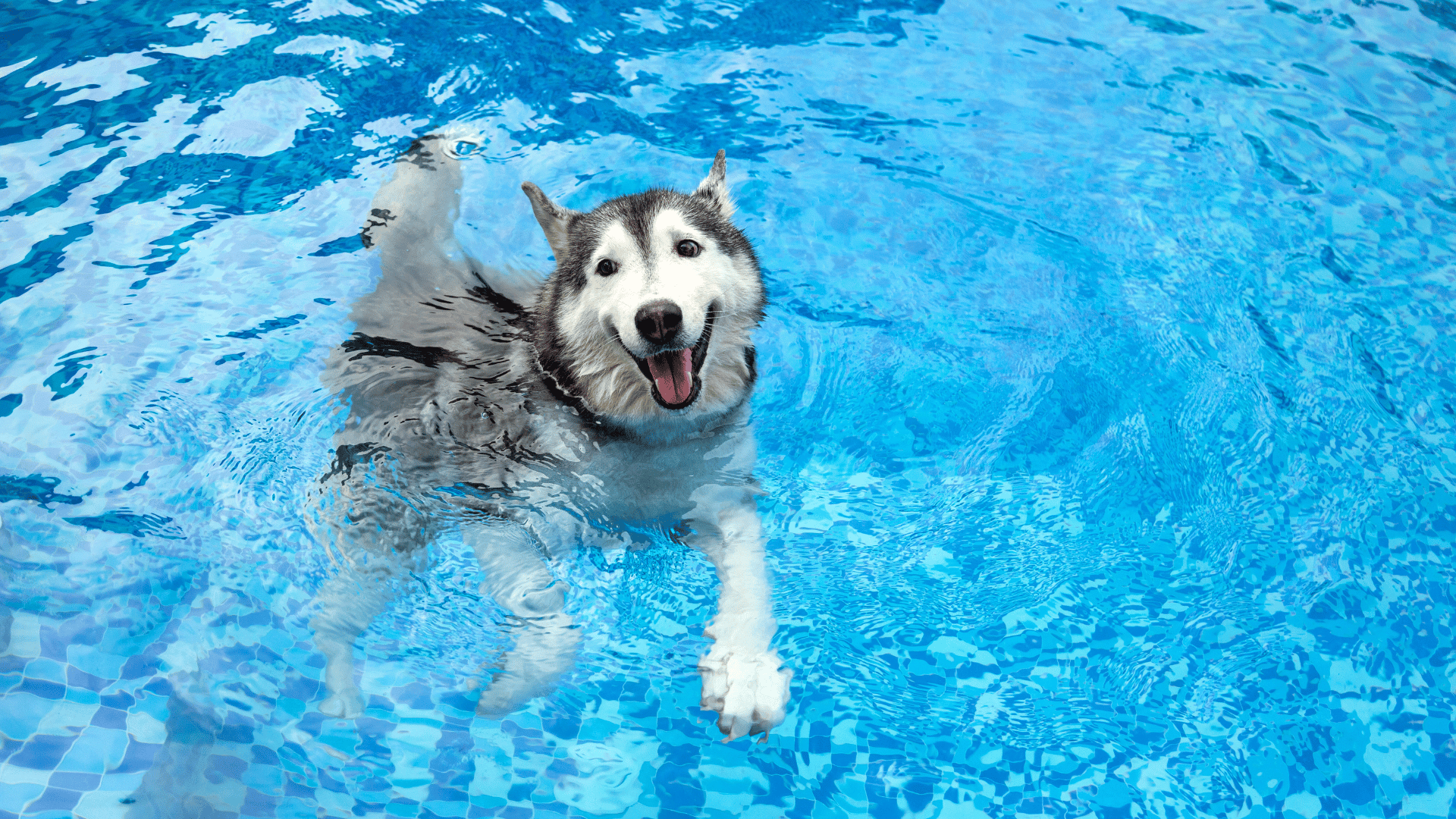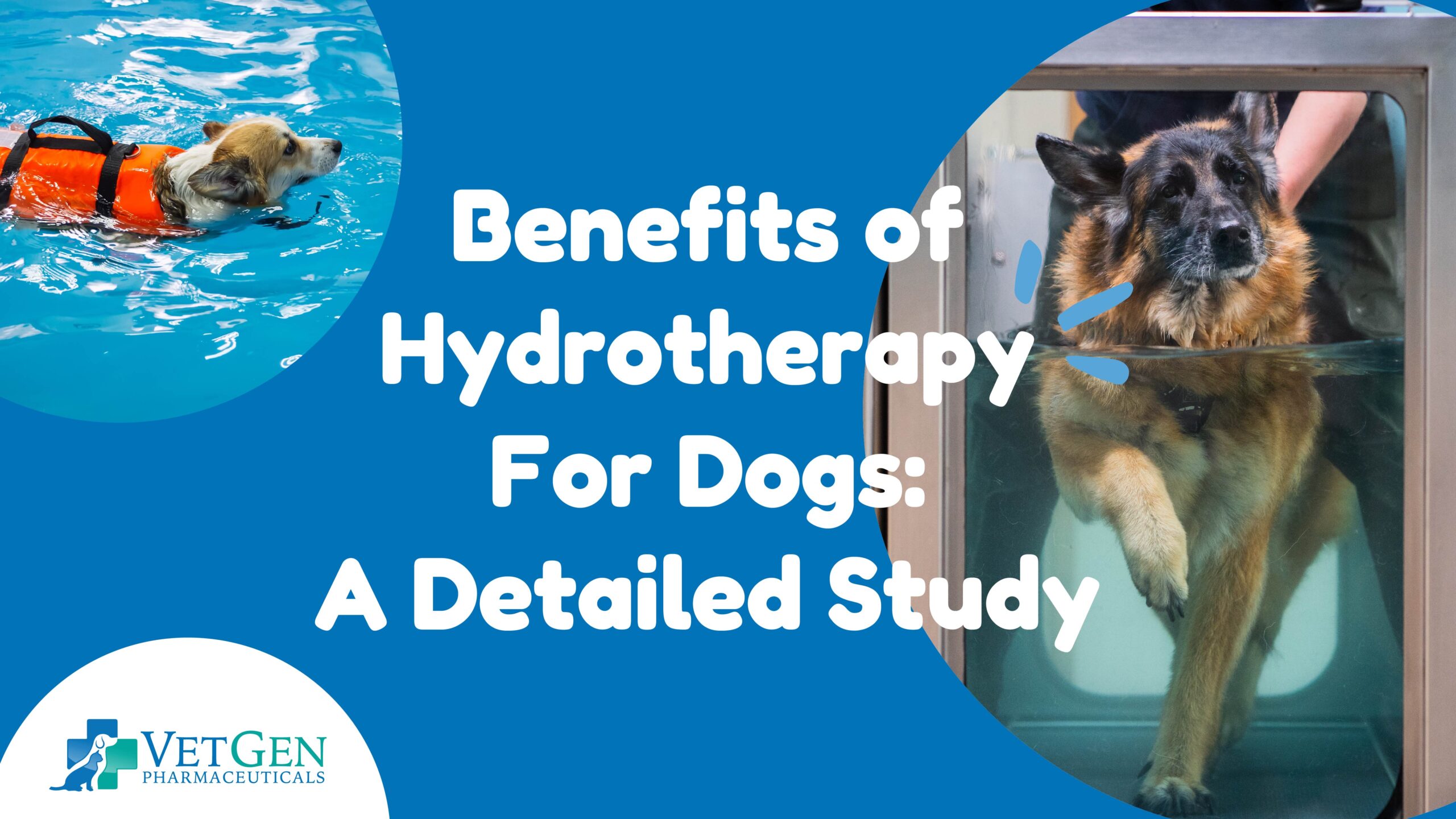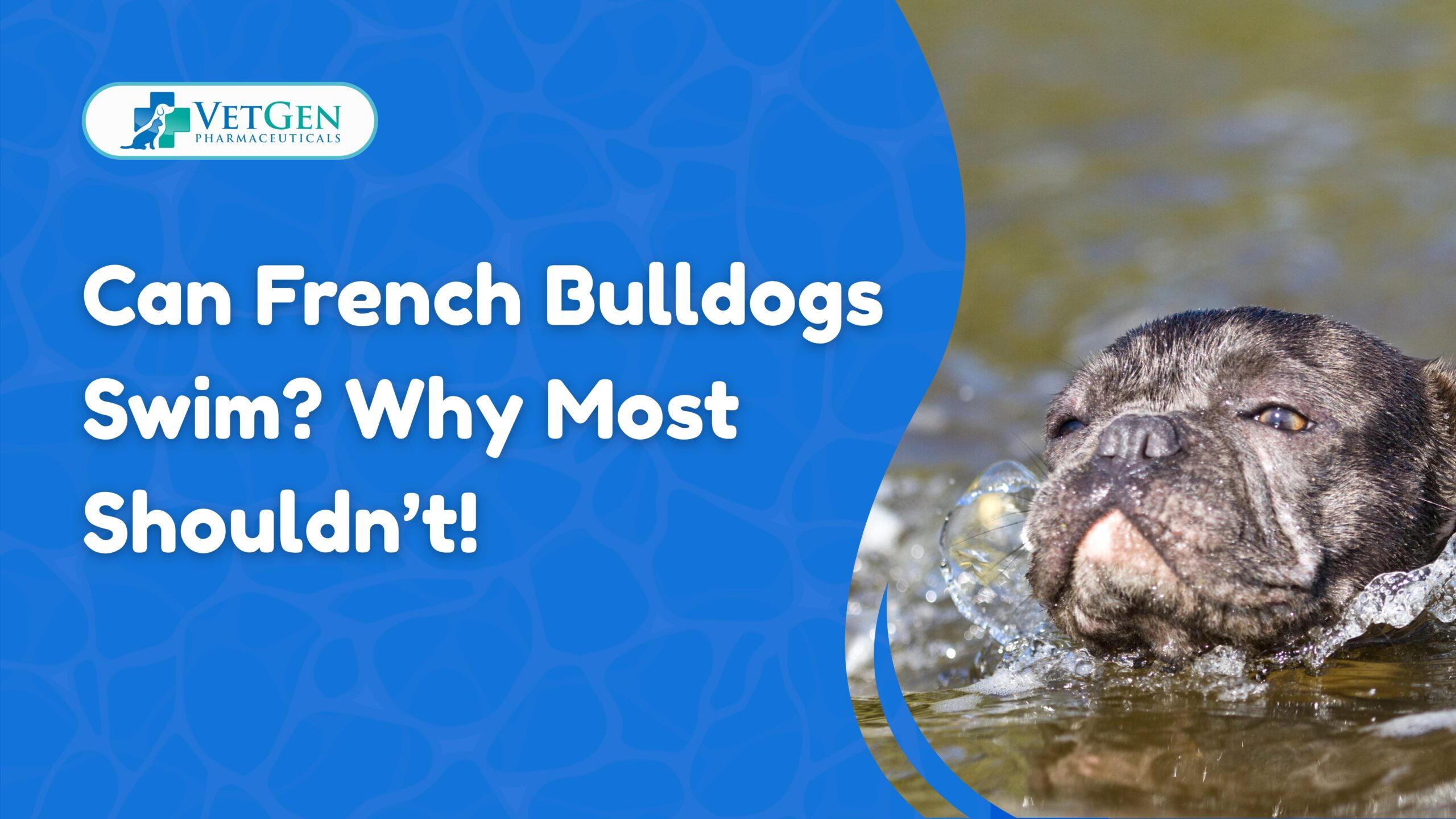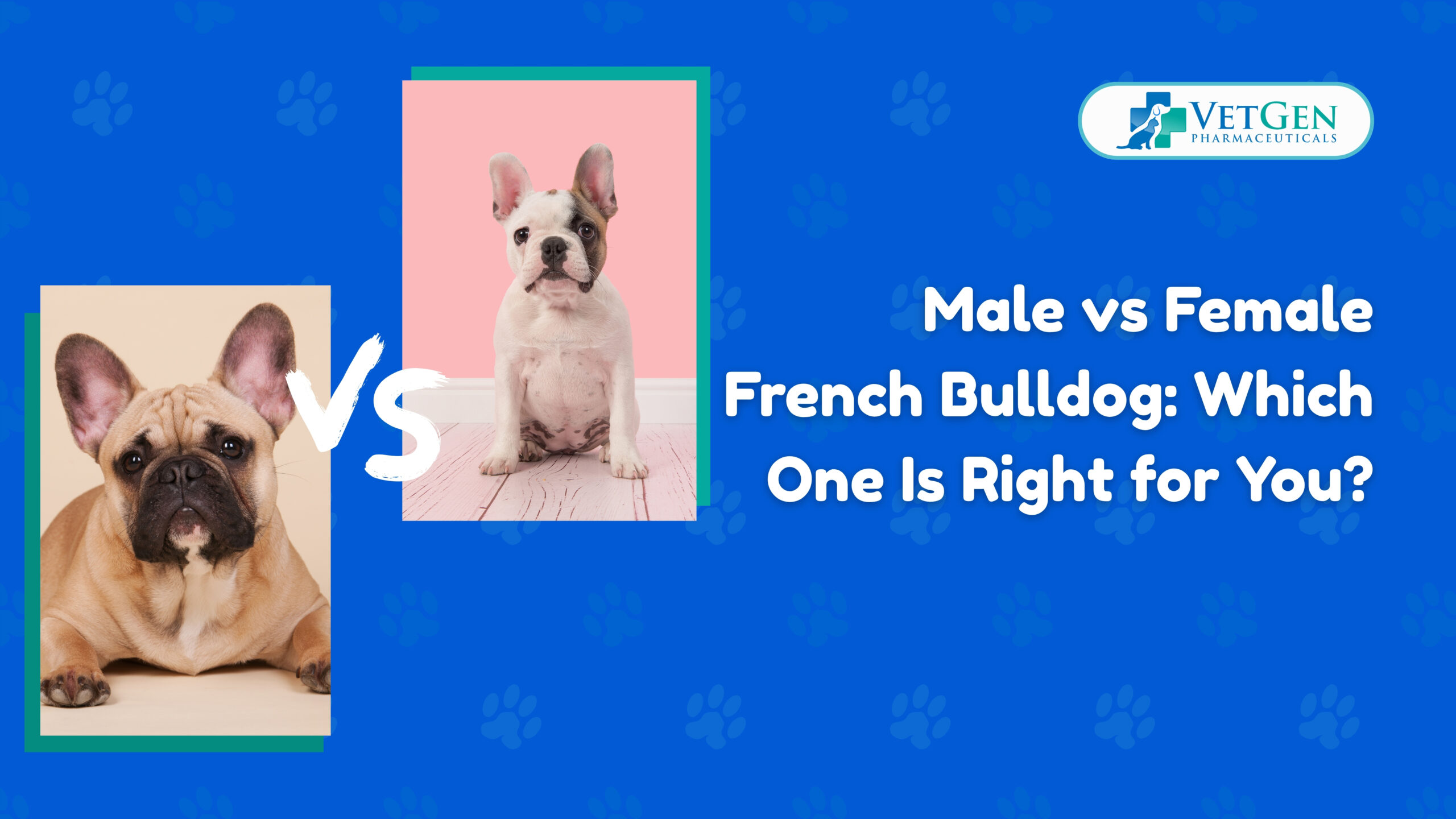The principles of hydrotherapy for dogs are adapted from those of human physiotherapy into veterinary care to improve their health. It works by using the natural properties of water including buoyancy, resistance, and hydrostatic pressure for gentle therapeutic exercises. This makes it a good option for dogs that have arthritis, recovering from surgeries, or those which need to lose weight.
Physical Health Benefits of Hydrotherapy for Dogs
Hydrotherapy for dogs takes advantage of the unique properties that water has so as to offer non-weight-bearing exercise with important benefits to canine wellbeing. Below are some of them:
Muscle Strengthening
2. Dilated Cardiomyopathy (DCM)
Lately, the U. S Food and Drug Administration (FDA) has stated it is looking into a possible correlation between consumption of products with grain-free’ diets and DCM in dogs. However, more on this is being researched and certain diets where grains are limited, especially the ones filled with legumes or potatoes can increase the risk of DCM.
Improved Circulation
Blood circulation improves through the usage of kinetic energy underwater. Water places its own pressure on vessels when moving and leads to better blood flow throughout the entire circulatory system used by various organs which require oxygen and nutrients like glucose.
Pain Management
Dogs in pain, especially those with chronic conditions like arthritis and hip dysplasia, derive great benefit from hydrotherapy. The buoyancy of water reduces the painful joint’s gravitational pull. This pain decrease assists in therapy sessions and makes a dog’s life better as they are more willing to take part in normal activities.
Better Range of Motion
Dogs move around easily in water compared to when they are on land because it provides support for them. The increased range of motion is particularly helpful for dogs who have had surgery, suffer from arthritic or age-related stiffness, or any other chronic condition. It also helps in improving their general agility and flexibility.
Mental Health Benefits of Hydrotherapy for Dogs
Hydrotherapy has physical advantages but it also helps our pet dogs mentally too.
Stress Reduction
Hydrotherapy is a major stress reliever for canines. The natural healing properties of water and gentle exercise cause the release of endorphins which are often called as body’s natural “painkillers” and mood enhancers. Endorphins bring happiness and relaxation which is very critical for animals experiencing anxiety or any behavioral changes that result from stress.
Improved Mood
During the hydrotherapy sessions, dogs can have a thrilling experience by swimming or walking against water resistance. This cognitive function keeps their minds sharp while they are moving through water and following commands. When thinking about this issue, it is necessary to consider that for older dogs or those recovering from injury, such engagement may give them a sense of achievement and happiness.
For muscle strengthening in dogs, hydrotherapy is highly efficient. Muscles work harder because water offers resistance than they do on dry land. This avoids extra burden on muscles during weight-bearing exercises found outside pools. It becomes even more important if the dog is recovering from surgery or an injury where there may be muscle atrophy.

Benefits for Specific Conditions
Amongst other benefits for dogs like arthritis, hip dysplasia, and postoperative recovery need special mention.
Arthritis
Arthritis causes joint pain in the legs and decreased mobility in old dogs. In such cases, the hot water used in hydrotherapy pools enhances blood circulation within arthritic joints. This reduces inflammation and swelling.
Regularly attending hydrotherapy sessions can improve flexibility & range of motion. Your dog can manage pains without relying on heavy medications.
To learn more information on how to treat your dog’s arthritis you can visit VetGen Pharmaceuticals.
Hip Dysplasia
Hip dysplasia is a hereditary disease characterized by an improperly formed hip joint causing instability and pain. The forces of water resistance create a favorable muscle-strengthening environment that can stabilize the hip joints. Strengthened muscles can better endure the malformation of the hip and reduce discomfort. Hydrotherapy also plays an important role in slowing down the progression by keeping joints and surrounding tissues as healthy as possible.
Post-operative Recovery
After surgery, dogs often need rehabilitation to recover from their operations fully and prevent complications like muscle wasting or stiffness of joints. Hydrotherapy is ideal for post-operative recovery because it allows early mobilization without compromising on the tissue healing process. In hydrotherapy swimming pools there are controlled environments where specific exercises can take place for your dog’s recovery stage.
The hydrostatic pressure of water helps reduce swelling and promotes circulation, enhancing the healing process. This gentle yet effective exercise can significantly shorten recovery, helping dogs regain strength and mobility more quickly and effectively.
What are the different types of hydrotherapy for dogs?
The therapy design considerations focus on accessibility, such as ramps or gentle steps for easy entry and exit.
Pools: Hydrotherapy pools are created so that the dog can swim freely. It offers a full-body exercise without weight. They have systems with jets of water and can be regulated with various resistance levels. You can customize the intensity of the workout based on the health requirements and capacity of the dog.
Treadmills: The underwater treadmills are also an essential part of dog hydrotherapy. They help significantly in controlled rehabilitation exercises that can take place under the right conditions. This targeted control allows the healing of specific muscles and joints while still retaining the properties of water buoyancy and resistance to maintain a therapeutic effect.
Lifts and Harnesses: In some cases, dogs may not be able to enter or exit the pool on their own due to severe injuries or paralysis. In such situations, lifts and harnesses can be used to facilitate their movement in and out of the water. The use of these devices is intended to ensure that the dog does not undergo further stress or sustain additional injuries during this process.
Common Concerns and Risks
Drowning is a major concern with hydrotherapy— especially if the dog is not water-friendly or may easily get fatigued or panicked due to health issues.
Infections are also a worry, especially for dogs that have open wounds or a weak immune system. Such dogs might easily get infected by the pathogens present in water even though chlorine and cleanliness can help.
Considerations and Precautions in Canine Hydrotherapy
Some dogs are not recommended for hydrotherapy. An example would be the dogs that have specific heart conditions, severe skin lesions, or infections. These dogs are not ideal candidates for this form of treatment. It is important to take the dog to a vet who will carry out an evaluation in order to ascertain if hydrotherapy would be beneficial to the dog without any risk of harm.
To Wrap Up…
Hydrotherapy provides dogs with a wealth of benefits— making it an invaluable element to veterinary science and dog rehabilitation for various health issues. When done right and in line with safety protocols, hydrotherapy can become the nucleus point for advancing dog health. It provides a supportive rehabilitation environment that encourages quick recovery. And as they say, happy dogs mean healthier dogs.






